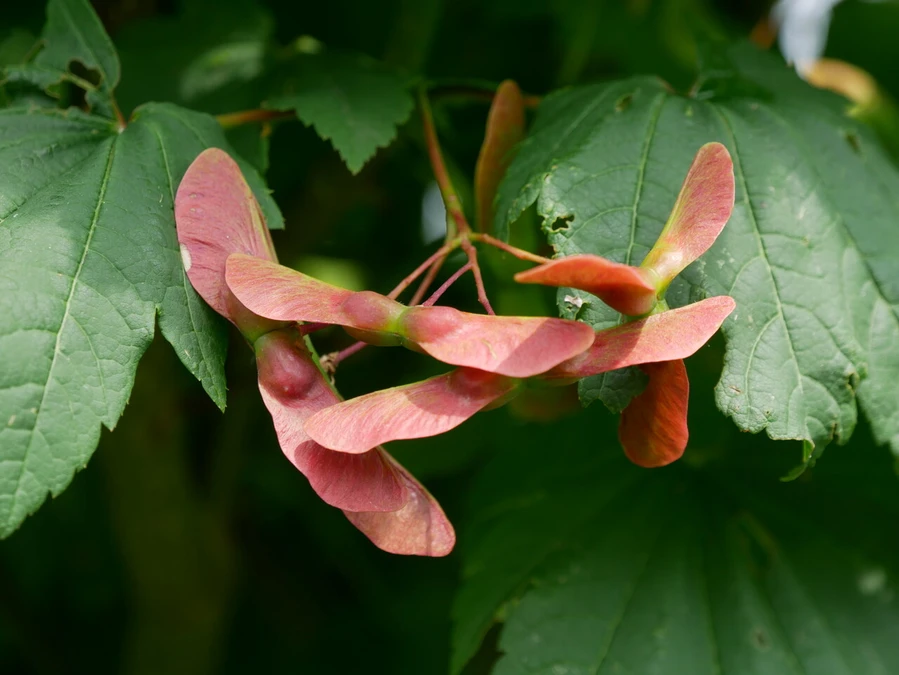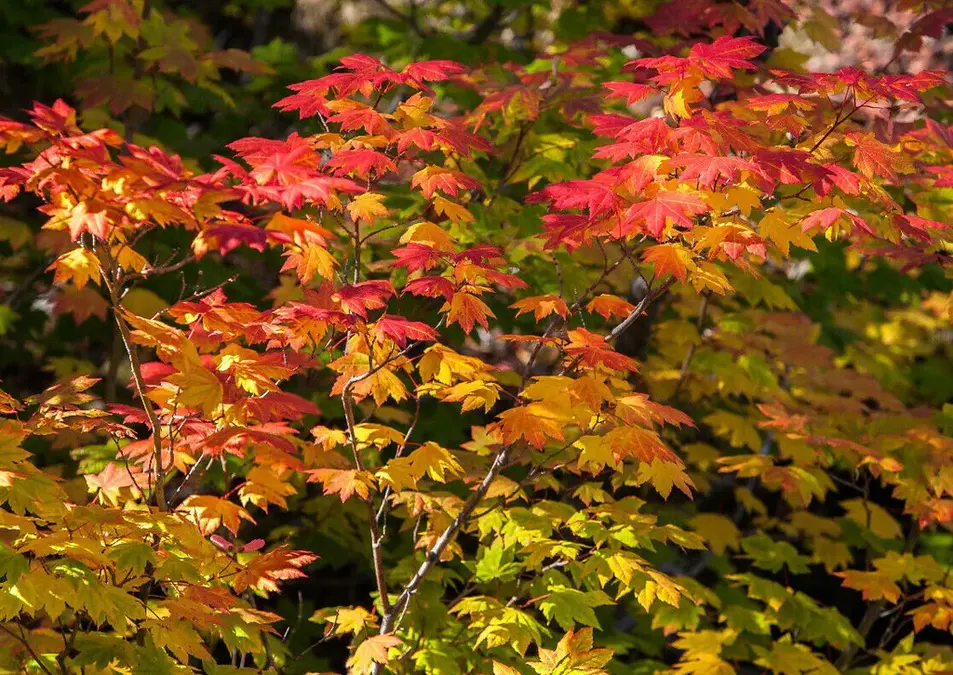Table of Contents
Have you ever wandered through a lush forest and stumbled upon a delicate yet vibrant plant that immediately caught your eye? If so, chances are you may have encountered Acer circinatum, commonly known as the vine maple. This enchanting native of North America boasts a unique beauty that sets it apart from other maples. Join me on a journey as we delve into the fascinating world of Acer circinatum, exploring its distinctive features, ecological significance, and cultivation tips.
Discovering Acer circinatum: A Visual Delight
Picture a serene woodland scene dappled with sunlight filtering through the canopy. Among the towering conifers and understory vegetation, the vine maple stands out with its graceful form and vivid foliage. Unlike its larger maple relatives, Acer circinatum typically grows as a multi-stemmed shrub or small tree, reaching heights of up to 20 feet. Its branches elegantly twist and turn, creating a captivating silhouette against the sky.

One of the most enchanting features of Acer circinatum is its leaves, which showcase a kaleidoscope of colors throughout the seasons. In spring, fresh green leaves unfurl, providing a soft backdrop for the emerging wildflowers of the forest floor. As summer arrives, the foliage deepens into a rich green hue, offering a cool respite from the sun’s rays. Come autumn, the vine maple truly shines, transforming into a fiery spectacle of red, orange, and gold. The vibrant foliage adds a touch of brilliance to the autumn landscape, drawing admiration from all who behold it.
Ecological Importance of Acer circinatum: Nurturing Biodiversity
Beyond its aesthetic appeal, Acer circinatum plays a crucial role in maintaining healthy ecosystems across its native range. As a native understory species, the vine maple thrives in the dappled shade of mature forests, where it provides valuable habitat and food sources for a variety of wildlife. Its dense foliage offers shelter and nesting sites for birds, while its flowers attract pollinators such as bees and butterflies.
Moreover, Acer circinatum contributes to soil stability and nutrient cycling, thanks to its extensive root system and annual leaf litter. As the leaves decompose, they enrich the soil with organic matter, supporting the growth of diverse plant communities. In turn, these plants provide food and shelter for countless organisms, creating a web of interconnected life within the forest ecosystem.
Cultivating Acer circinatum: Tips for Success
Whether you’re a seasoned gardener or a novice enthusiast, cultivating Acer circinatum can be a rewarding experience. With proper care and attention, you can enjoy the beauty of this native maple right in your backyard. Here are some tips to help you get started:
- Choose the Right Location: Acer circinatum thrives in moist, well-drained soil with partial to full shade. Select a planting site that mimics its natural habitat, avoiding areas with compacted soil or excessive sunlight.
- Provide Adequate Water: During the growing season, water your vine maple regularly to keep the soil evenly moist. However, be mindful not to overwater, as excessive moisture can lead to root rot.
- Prune with Care: While Acer circinatum generally requires minimal pruning, occasional maintenance may be necessary to remove dead or diseased branches. Use sharp, clean pruning tools and avoid over-pruning, which can compromise the tree’s natural shape.
- Mulch for Moisture Retention: Apply a layer of organic mulch around the base of your vine maple to help retain moisture and suppress weeds. Mulching also regulates soil temperature and promotes healthy root growth.
- Monitor for Pests and Diseases: Keep an eye out for common pests such as aphids or scale insects, as well as signs of fungal diseases like powdery mildew. Early detection and treatment are key to preventing serious damage to your Acer circinatum.
By following these simple guidelines, you can create a thriving habitat for Acer circinatum in your garden, fostering biodiversity and enhancing the natural beauty of your outdoor space.
Conclusion: Embracing the Charm of Acer Circinatum
In a world filled with towering skyscrapers and bustling city streets, there’s something inherently magical about reconnecting with nature’s wonders. Acer, circinatum, with its delicate foliage and graceful presence, serves as a gentle reminder of the intrinsic beauty that surrounds us. Whether you encounter it in a remote forest or cultivate it in your backyard, the vine maple captivates the imagination and invites us to slow down and appreciate the splendor of the natural world.
Read Also:-AMAZON DDT1 DELIVERY STATION
So, the next time you find yourself wandering through the woods or planning your garden landscape, consider incorporating Acer circinatum into your surroundings. As you watch its leaves dance in the breeze and witness the changing seasons unfold, you’ll gain a deeper appreciation for this remarkable native species and the vital role it plays in sustaining life on Earth.






